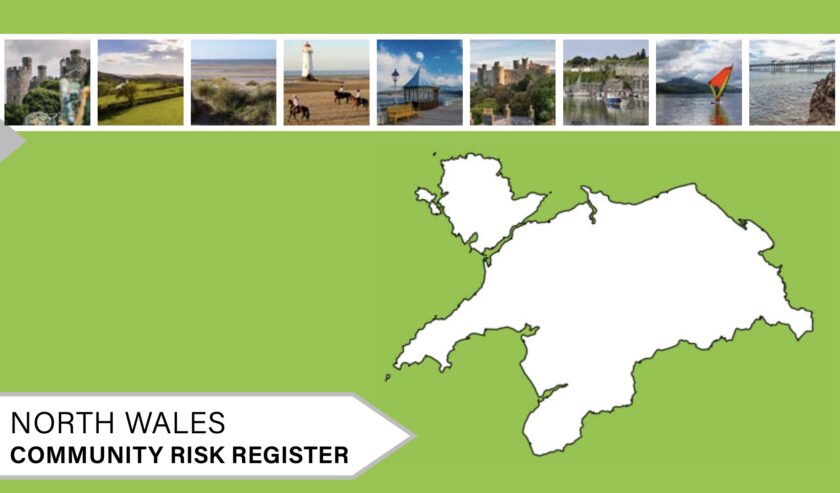Resilience Forum maps out major risks facing North Wales

What are the biggest risks facing North Wales—from coastal storms to pandemics—and who’s planning for them behind the scenes?
A recently refreshed document lifts the lid on the region’s emergency readiness.
The North Wales Community Risk Register has been updated for 2024, offering a rare look at the potential threats facing the region and how agencies are working together to prepare for the unexpected.
From major floods and power outages to animal disease and industrial accidents, the register outlines a wide range of emergencies and their possible impacts.
The document is produced by the North Wales Resilience Forum—a Local Resilience Forum (LRF) made up of organisations known as Category 1 Responders. These include the emergency services, local authorities, the NHS and environmental bodies, all with legal duties under the Civil Contingencies Act.
They are supported by Category 2 Responders such as utility companies and transport operators, who share key information and help coordinate planning.
The register’s top priority this year is flooding, with over 53,000 properties across North Wales at risk.
Storm surges, heavy rainfall and overtopped defences pose a growing threat—particularly in low-lying coastal communities.
As climate change brings more extreme weather and rising sea levels, the report warns that flooding will become increasingly common.
Also ranked highly is the risk of a pandemic, a reflection of the ongoing learning from the Covid-19 crisis.
Emergency planners note that up to half the UK population could be affected in a future outbreak, with widespread disruption to public health, food supplies, and essential services.
Severe weather—such as snow, storms and heatwaves—is another concern.
These events can lead to travel disruption, utility failures and increased health risks, especially for older residents.
The Forum monitors conditions year-round and coordinates responses such as road gritting and emergency shelter provision.
Other highlighted risks include:
Industrial incidents, including chemical leaks and fires
Pollution affecting coastlines, rivers or air quality
Loss of critical infrastructure, such as power, water and telecoms
Animal diseases like Avian Flu or Foot and Mouth, which can devastate agriculture
The Risk Register is also a public document, designed to help people and businesses prepare. Residents are urged to:
Sign up for flood alerts
Prepare emergency kits
Know how to turn off home utilities
Stay informed via trusted local sources
Businesses are also encouraged to create continuity plans, assess what resources they depend on, and ensure staff are trained for emergencies.
North Wales’ six counties—Anglesey, Gwynedd, Conwy, Denbighshire, Flintshire and Wrexham—cover a diverse landscape with nearly 700,000 residents.
The region’s coastline, busy roads, and seasonal tourism all add complexity to emergency planning.
The Resilience Forum works closely with military and voluntary groups, reflecting a broad approach to civil protection.
Their goal: to reduce risk, prepare communities and respond effectively when the unexpected happens.
The full Community Risk Register is available online here.
Spotted something? Got a story? Send a Facebook Message | A direct message on Twitter | Email: [email protected] Latest News








